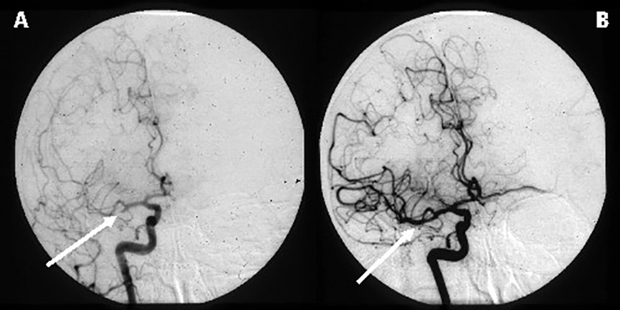Statins, gout guidelines fuel debate on best practice
This issue covers the debate about statins guidelines, evidence-based guidelines for gout, and physicians-in-training who face discrimination.
Last November, the debate over statins was reignited with the release of the U.S. Preventive Services Task Force's recommendations on use of the drugs for primary prevention. The Task Force recommended low to moderate statin doses in patients ages 40 to 75 with no history of cardiovascular disease (CVD), at least one CVD risk factor, and a 10-year CVD risk of at least 10%. This differed from the American Heart Association/American College of Cardiology, which recommended treatment at a 10-year risk threshold of 7.5% regardless of risk factors. Given the disagreement among experts, the fact that people who begin taking statins often continue them for life, and the potential for side effects, informed patient preference should be paramount in treatment decisions, experts say. Our story in this issue offers an overview of the Task Force guidelines as well as tips on discussing statin treatment with patients.
Another story in this issue also covers differing opinions, this time between internal medicine and rheumatology. Last year, ACP released new evidence-based guidelines offering recommendations on diagnosis and treatment of gout, but it was a lack of a recommendation that actually caused the most controversy. In its gout management guideline, ACP found that the available evidence was insufficient to recommend for or against "treating to target," or attempting to reduce gout attacks by lowering uric acid to normal levels. Rheumatologists, who believe treating to target is a mainstay of gout therapy, objected strongly to this finding, while the ACP guideline authors maintained that robust evidence supporting treat to target is not yet available. Our story provides more details on each side's perspective.
Studies have found that it's not uncommon for physicians-in-training to face discrimination from patients and their families, but often they, and their instructors, are unsure of how to handle it. As with many situations, preparation is paramount, as our story discusses. In addition, this issue also features a story outlining the particular challenges of managing patients without spleens, while a story looks at efforts to educate physicians on avoiding antibiotic overuse (peer comparisons and public commitments have met with some success).
Finally, I want to call your attention to our new websites for ACP Internist, ACP Internist Weekly, and all of our news publications. The sites have been refreshed and updated to better present all of the editorial content we have to offer. New features include a cleaner, more modern layout; improved navigation; "share" buttons at the top of each story for Facebook, Twitter, and email; and a responsive design that adjusts to any screen size and makes our stories easy to read on a smartphone, laptop, or tablet. Please visit and let us know what you think.
Sincerely,
Jennifer Kearney-Strouse
Executive Editor




